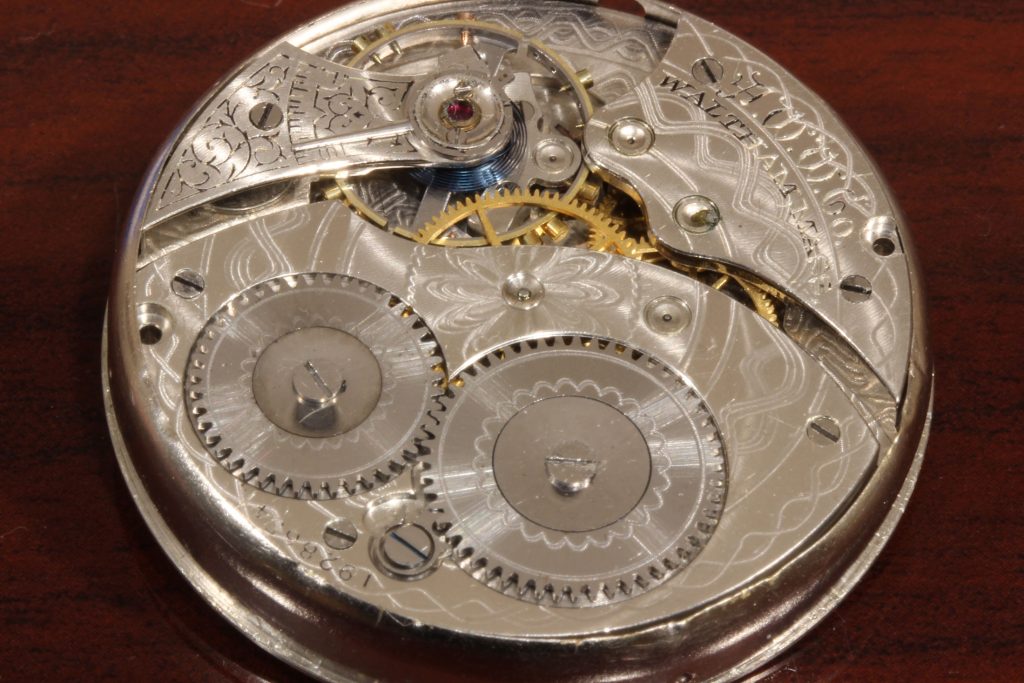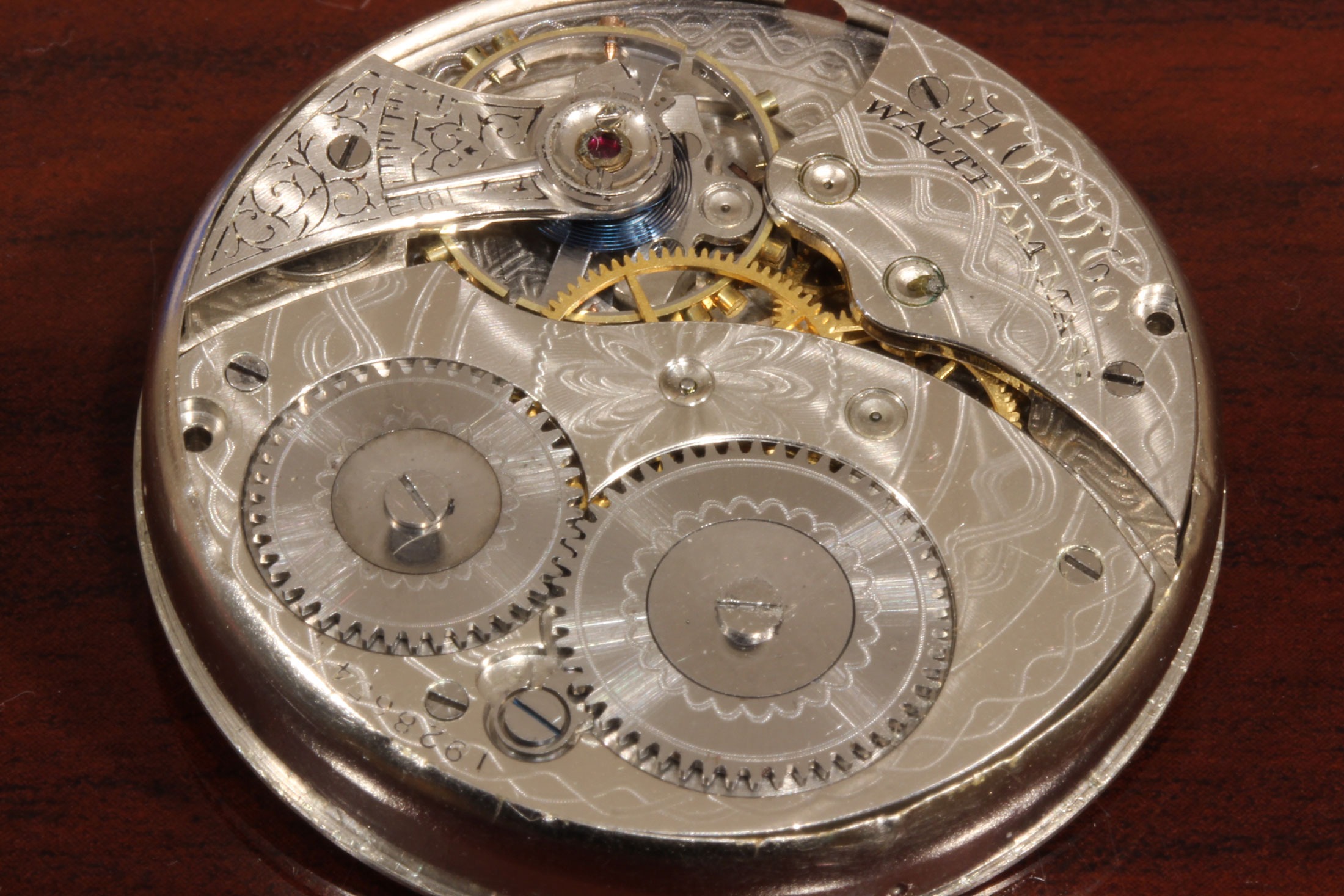Impacts of Polymers on Swiss Watch Making and the Industry

Sometimes watchmaking uses chemistry to provide better shine or visibility to the hands and watch buttons.
At the intersection of decorative arts and so-called decorative arts and techniques, Breitling watch use ancient knowledge with the rhythm of innovation and technological craft combined with elegance and design.
Some of their watches and other luxury watch brands are listed on watchshopping But if they take their strength from tradition and its roots, they can always look into the future, to innovate formally.
In addition, there are many benefits of innovation to make mechanical movements more complicated and have the best designers and marketers in the world.
From a chemical and polymer standpoint, unlike the car industry, the watch industry is abandoned by large companies in the global chemical industry.
Indeed, a small amount of polymers, varnishes, paints, glues, disguises and savings products, adhesives and solvents consumed by the watch industry.
As a result, the watch industry has little or no benefit from the latest advancements.
Concerned about sustainable development, most watch manufacturers like omega de ville state and claim ethical, social and environmental practices that form the basis of the trust relationships.
This must exist between companies, their customers, their employees in the logic of exemplary respect for the environment and sustainable development.
Horlovia-Chemicals, with several years of expertise from its founders, a doctor and chemical engineer who has worked for the watch industry and designed several innovations, patented technological breakthroughs, combined innovation, increased productivity and respected the environment.
Chemical craftsmen from Horlovia-Chemicals are the world’s leading experts in phototopolymerization, an advanced technology that is little known or known by the watch industry.
A definition called photopolymerization.
What is photopolymerization?
Photopolymerization, or, more often, in-photocross linking requires UV or excitation photons to convert liquid polymers into solid materials in less than one second.
It is in the field of polymers that this technology has undergone the most important industrial development because of the many advantages associated with this type of priming, including the process speed at room temperature and its spatiotemporal selectivity.
Polymerization under UV radiation, or photopolymerization from multifunctional monomers also known in English (UV-radiation curing), has found its main outlets in the following areas:
Surface treatment of materials with protectors, functional coatings (anti-friction, anti-corrosion, scratch-resistant …)
- Graphic arts such as ink, UV inkjet and 3D Drojet.
- Realization of micro circuits in electronics.
- Micro manufacturing with 3D stereolithographic printing.
- Photoresist which has now become a proven technique for manufacturing mechanical micro components.
- Composites and Nanocomposites that can be ferolymerified.
In all of these applications, the use of Photochemistry has the main objective of obtaining highly crosslinked polymers with high resistance to chemical agents and the required mechanical properties.
Also, it is not surprising that the application of its main industries is in the field of coating in a broad sense (ink, paint, varnish, adhesive, composite, 3D printing).
Throughout the various stages of the design of a watch or its covering, polymers play a very important role, to glue or temporarily fix, protect and/or decorate.
Polymers facilitate the precision work of watchmakers. Several kinds of polymers participate discreetly in the manufacture of a watch.
Thus, watchmakers use temporary glues to fix small diamonds, such as clockwise.





